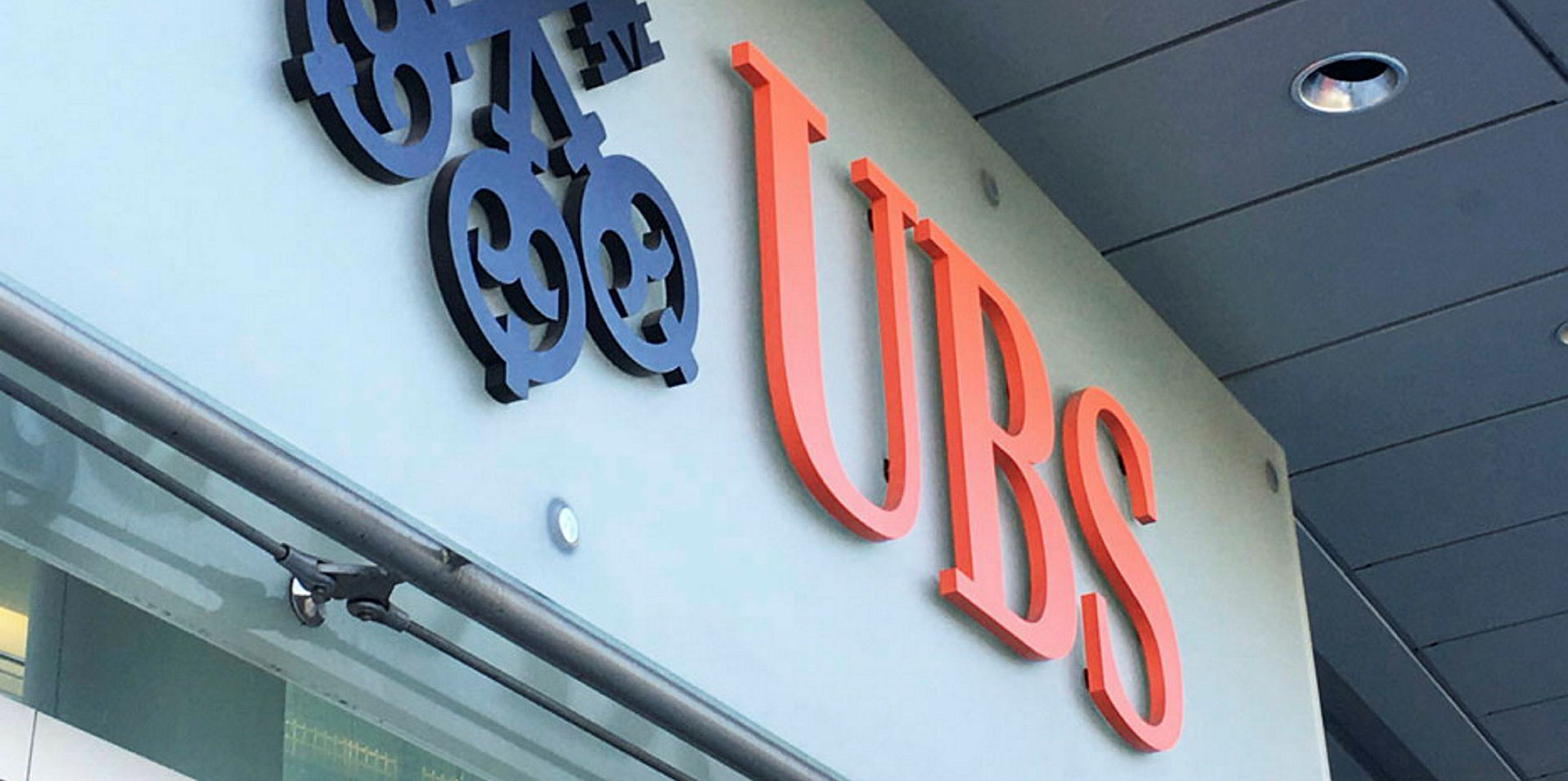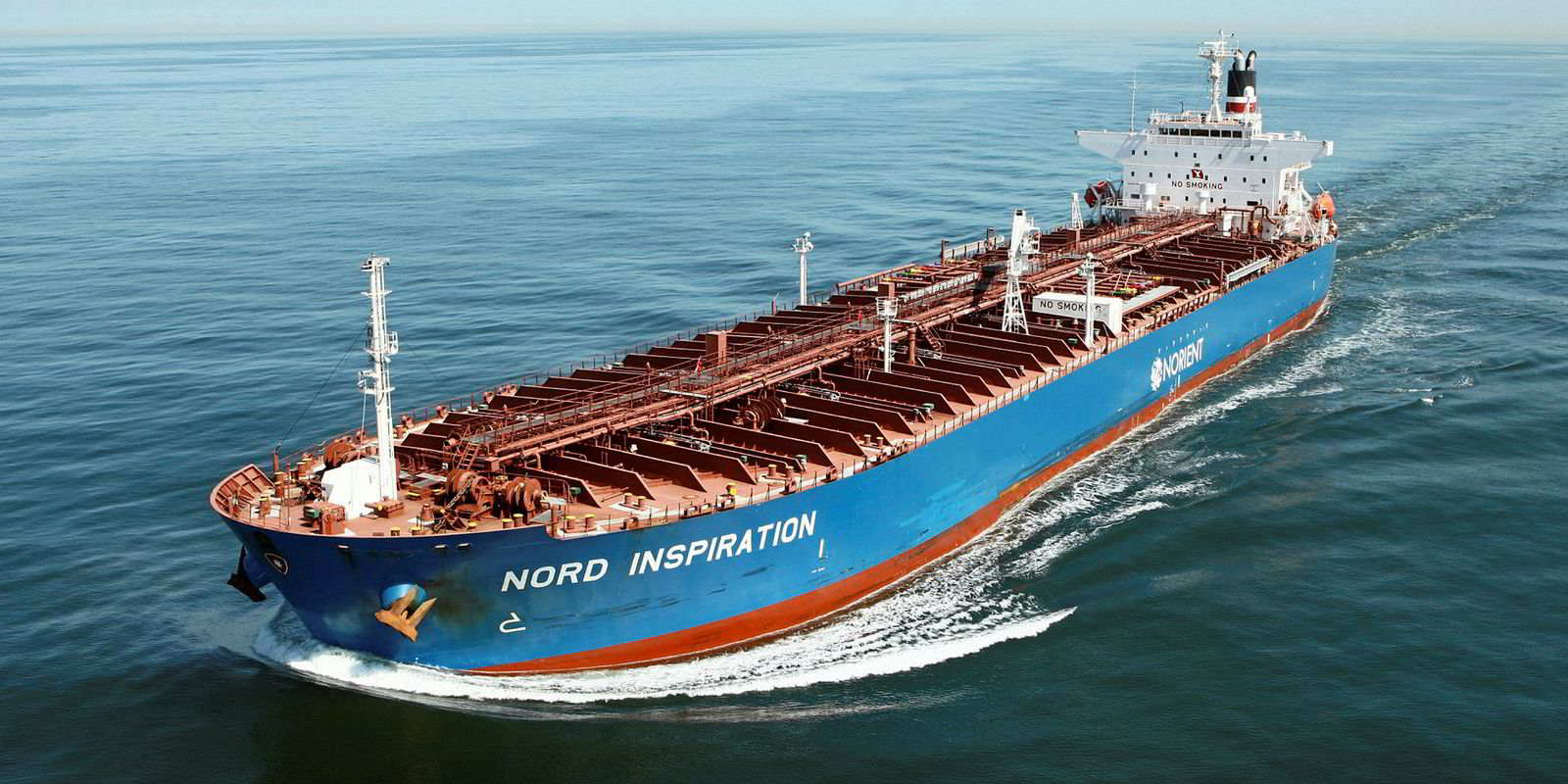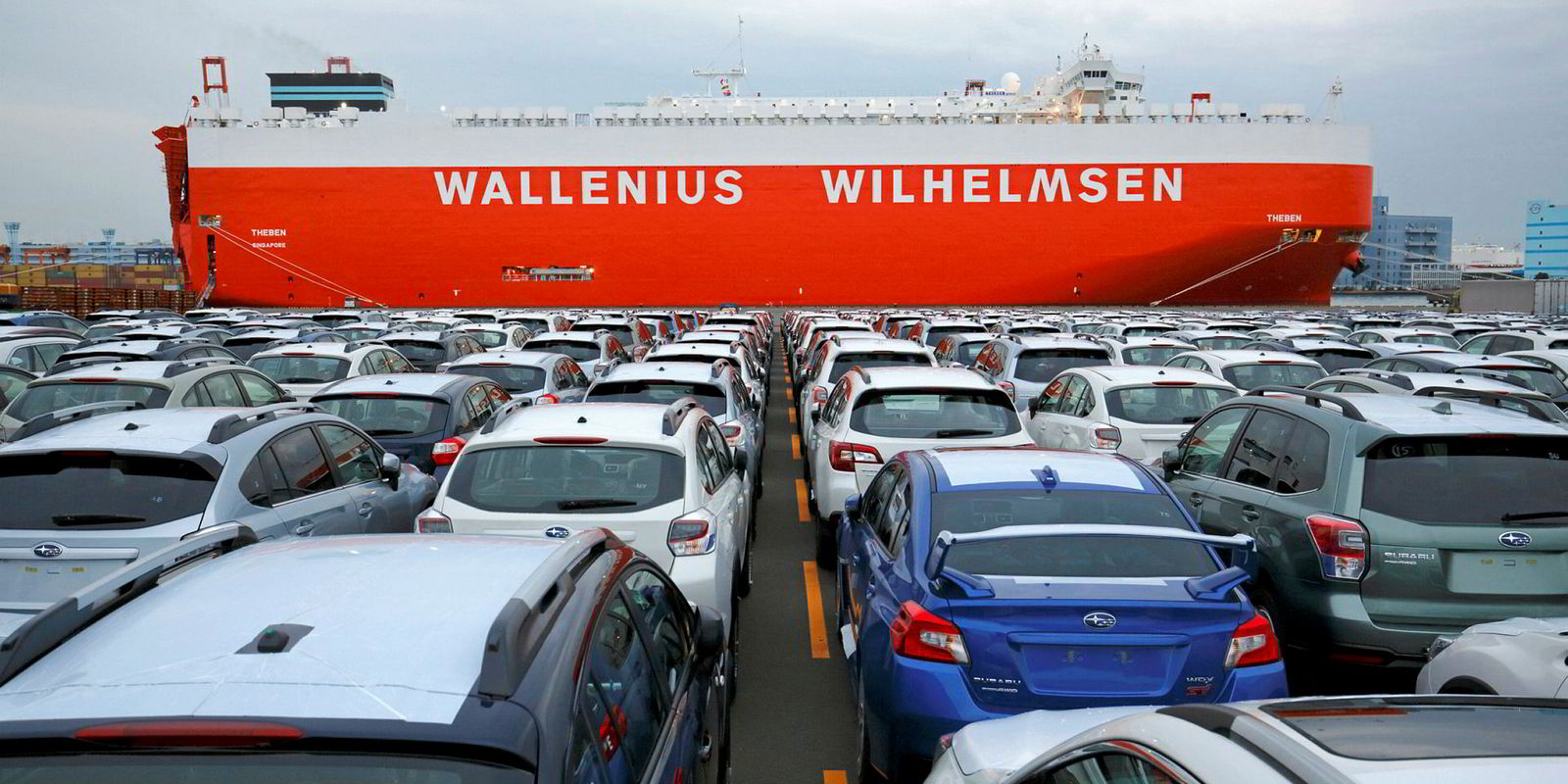Switching to compliant fuel overwhelmingly outweighs installing scrubbers when it comes to meeting the IMO's 2020 regulations, says a top investment bank.
A report by UBS found that only 2% of the global fleet would adopt scrubbers by 2020.
According to its survey of shipping executives, 68% of correspondents preferred adopting low-sulphur fuel to meet IMO’s cap on sulphur emissions, whereas only 21% chose installing scrubbers.
A 9% minority opted to replace outdated vessels with new ships, and an even lower 6% chose LNG fuel.
The survey also suggests only 64% of the world’s shipping fleet will meet ballast water and sulphur cap rules by 2020.
The key hindrances to full compliance are uncertainties in regulatory specifications and effective technologies, the report said.
The IMO regulation change caps sulphur emissions at 0.5% from 3.5% from January 2020, and directs a 30% reduction in CO2 emissions by 2025.
Installing scrubbers is not a straight solution for meeting the sulphur and CO2 cap, the report suggested.
Problems arise, as some measures that meet one requirement do not meet the other, the report said.
It gave the example of ultra-low sulphur fuel oil (ULSFO) or low-sulphur marine gas oil (LSMGO) and scrubbers, which meets the sulphur cap rule but does not help lower CO2 emissions.
Adopting scrubbers can actually lead to higher CO2 emissions, the report said, and suggests adopting “ULSFO/LSMGO and scrubber may be a stop gap measure until a more dominant technology is available.”
Despite the misgivings, green equipment suppliers such as Alfa Laval and Wartsila emerge winners as 2020 draws closer.
Wartsila scrubber orders rose seven-fold year-on-year in the second quarter, according to a note by analyst Sven Weier.
Analysts at the Swiss bank estimate that the green shipping market could be worth at least $250bn over the next five years.
UBS is not alone in its assessment of scrubbers. Any long-term solution will involve increased low sulfur fuel production or finding alternatives to meet the maritime industry’s fuel needs, a BTIG analyst had previously told TradeWinds.
Like any disruptive regulation, the implications of the sulphur cap will be felt well into the next decade, analyst Greg Lewis told TradeWinds.
Rising freight rates and fuel costs
Unit fuel cost is expected to rise by 68% by 2020 amid a below-trend trade compound annual growth rate of 3.2% over 2018-2022, the report said.
Shipowners will delay buying new vessels until after 2020, but new orders should recover from 2021, the report noted.
The UBS report estimates a 9% to 24% rise in freight rates to pass on the higher cost of switching to compliant fuel.
“We expect freight rates to be largely flat in 2018 but rise from 2020 to 2021, given the cost push and higher fleet utilization,” the report said.
Higher freight rates should not have a material impact on global trade, “given low price elasticity and as freight cost is a small component of the total cargo cost.”
“We view green shipping as a game-changer for complex refiners such as Tupras, Saras and Bharat Petroleum at the expense of simple refiners,” the report said. There will be an expected 4% shortfall in low-sulphur fuel at 80% compliance in 2020, it said.
“We expect a bottleneck in refining, as global capacity cannot be upgraded rapidly enough to meet demand.”
Non-compliance is also a valid concern given the substantial cost to comply minus immediate returns from the investment.
“We estimate the IMO drive to green shipping gives rise to a potential $250bn plus market in capex and opex over 2019 to 2023 that will have a profound impact across related ecosystems,” the report said.






